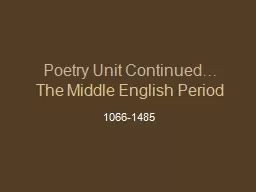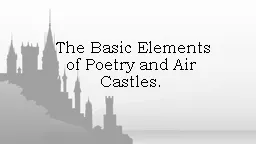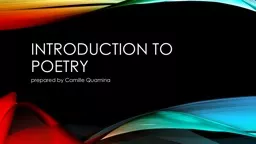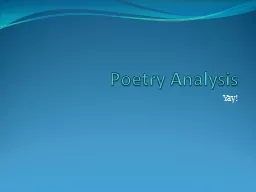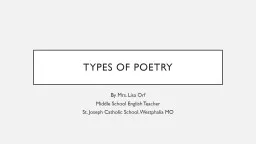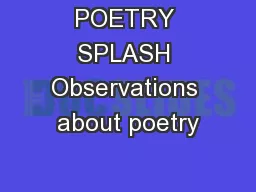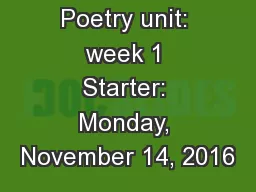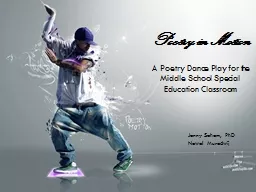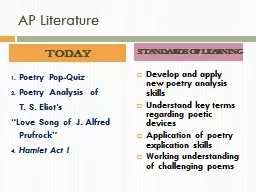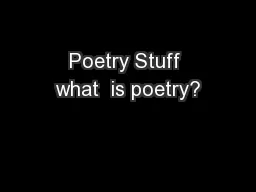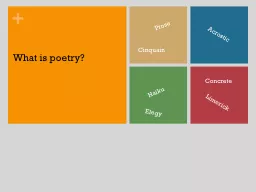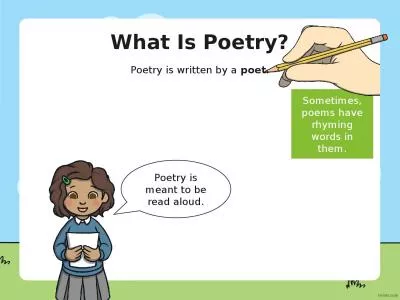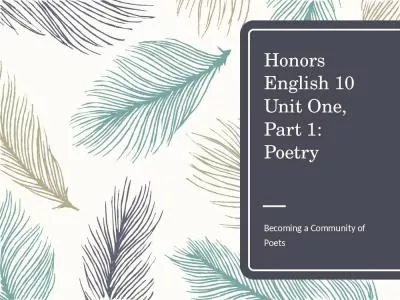PPT-Poetry Unit Continued…
Author : mitsue-stanley | Published Date : 2017-06-27
The Middle English Period 10661485 Vocabulary Words Norman Conquest Vassal Divine Right Serf Feudal system Fief Code of Chivalry Lyricsreligious and secular Popular
Presentation Embed Code
Download Presentation
Download Presentation The PPT/PDF document "Poetry Unit Continued…" is the property of its rightful owner. Permission is granted to download and print the materials on this website for personal, non-commercial use only, and to display it on your personal computer provided you do not modify the materials and that you retain all copyright notices contained in the materials. By downloading content from our website, you accept the terms of this agreement.
Poetry Unit Continued…: Transcript
Download Rules Of Document
"Poetry Unit Continued…"The content belongs to its owner. You may download and print it for personal use, without modification, and keep all copyright notices. By downloading, you agree to these terms.
Related Documents

